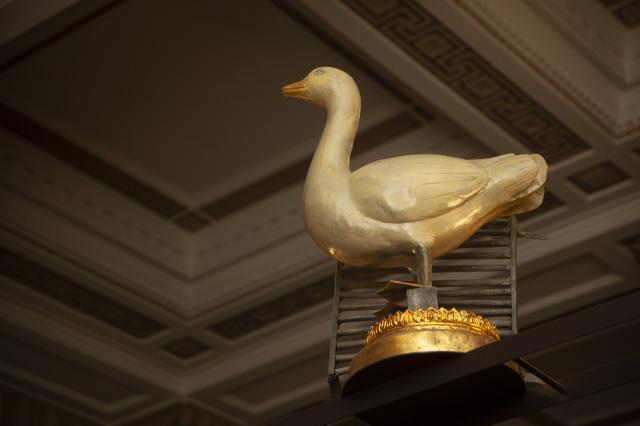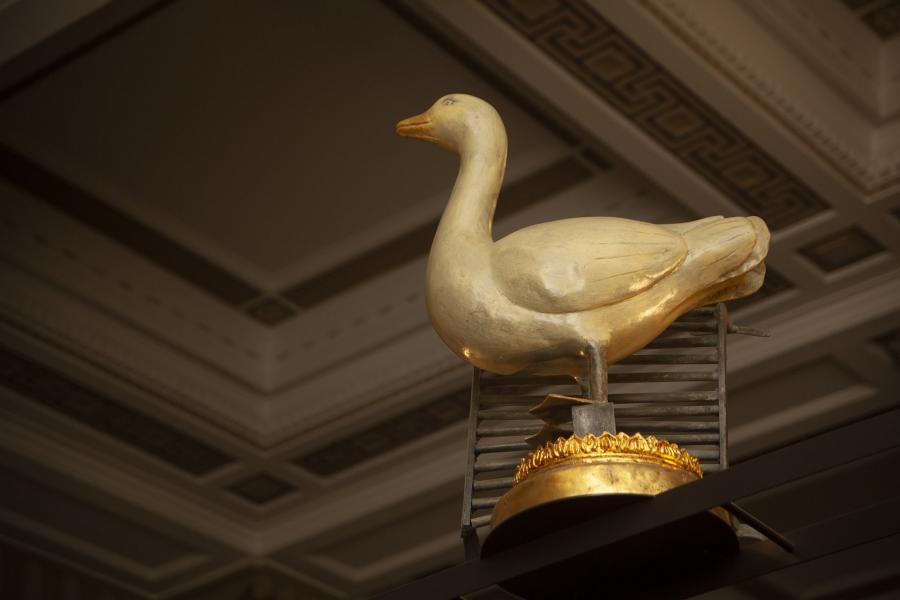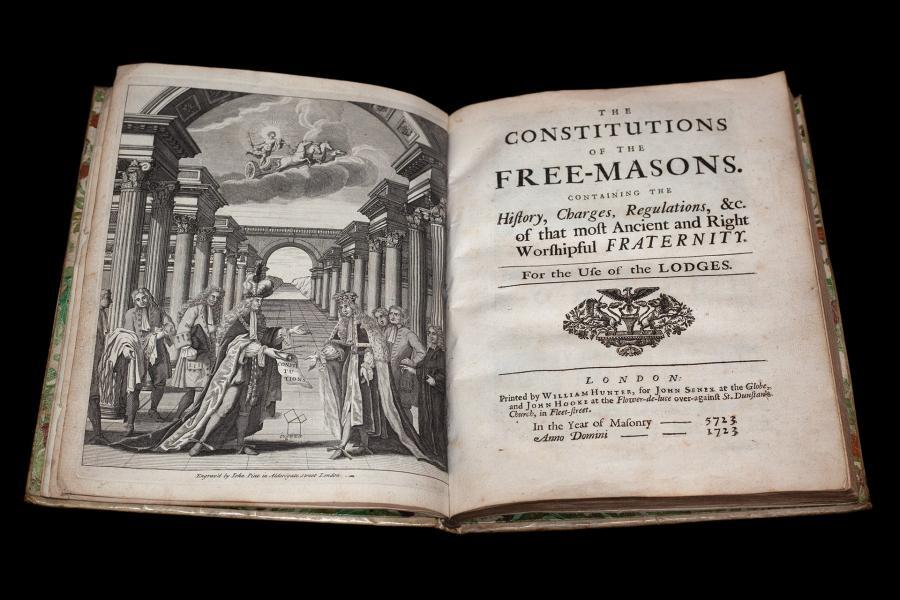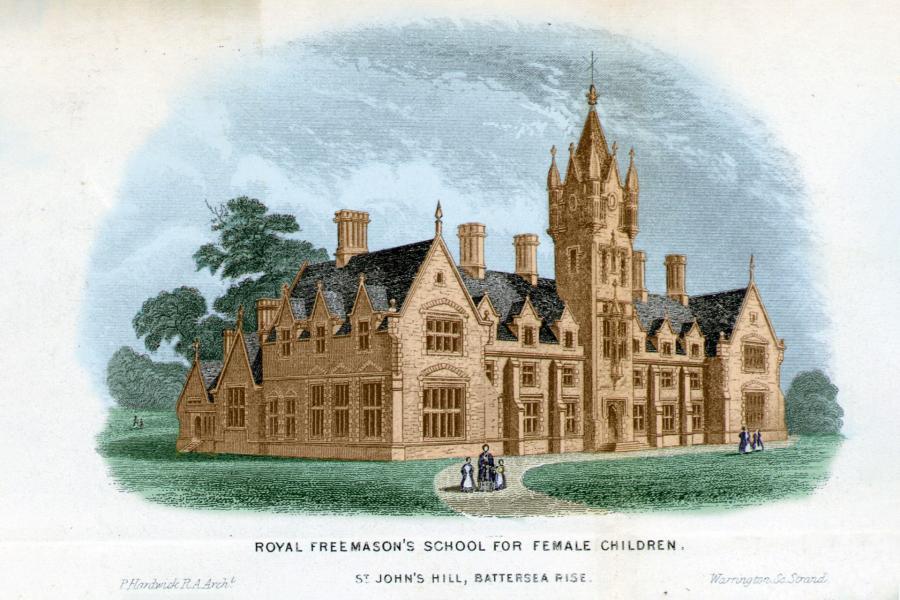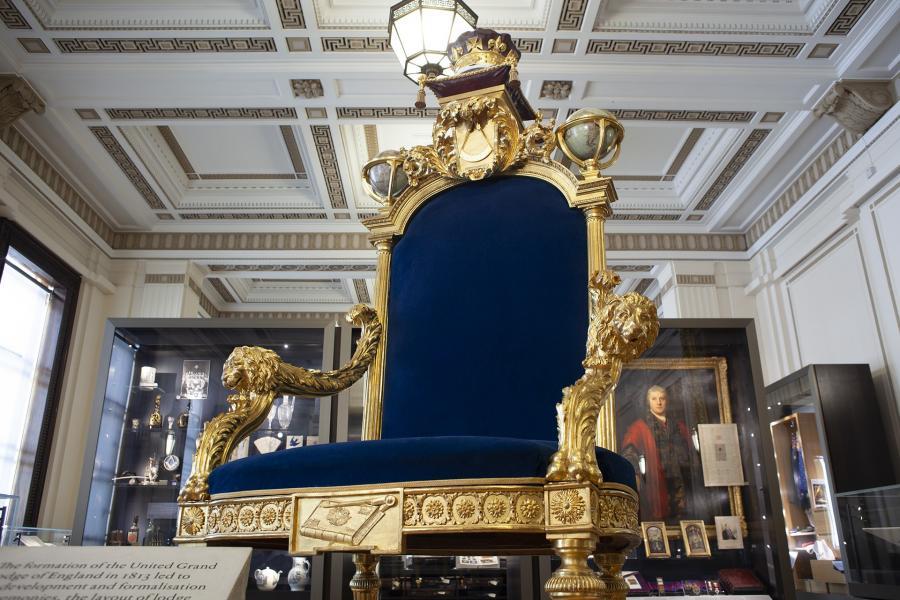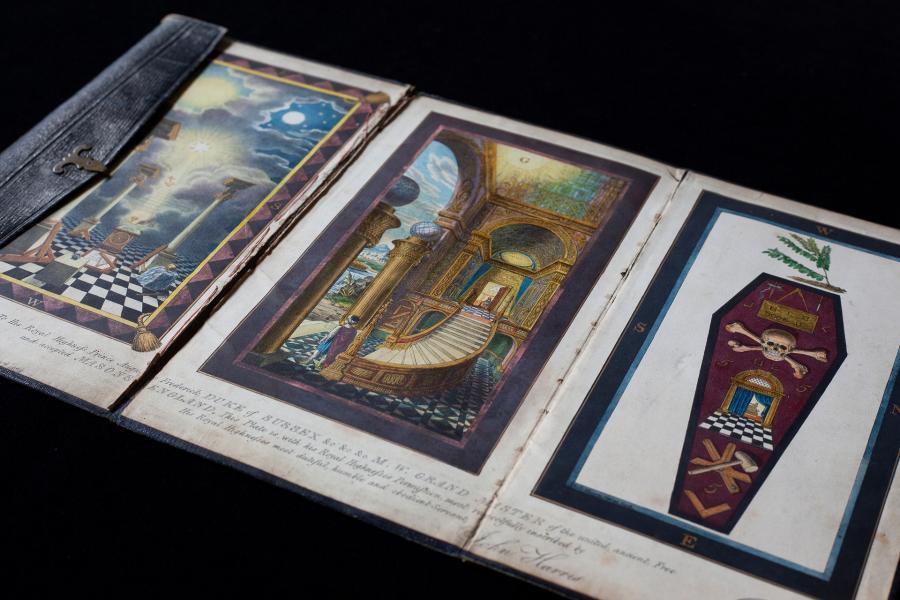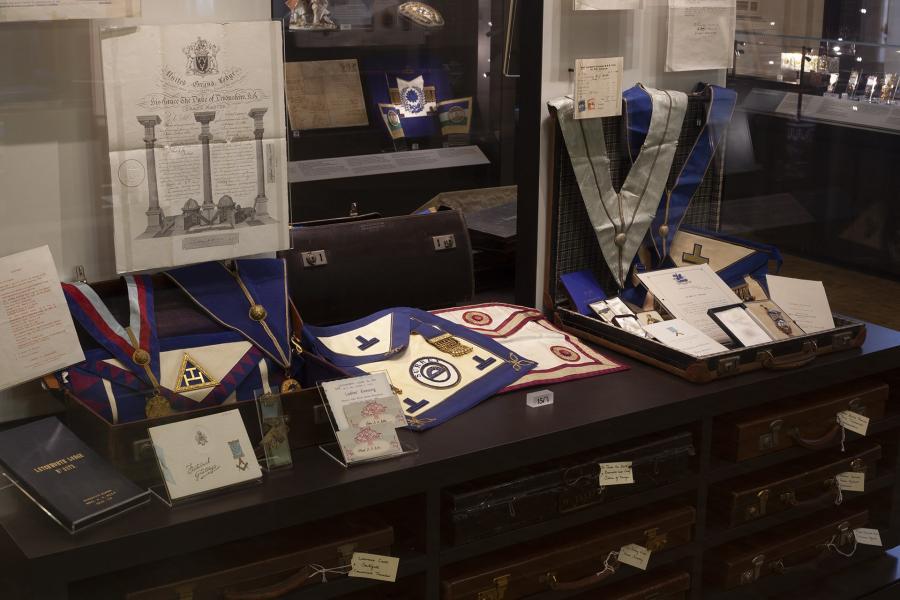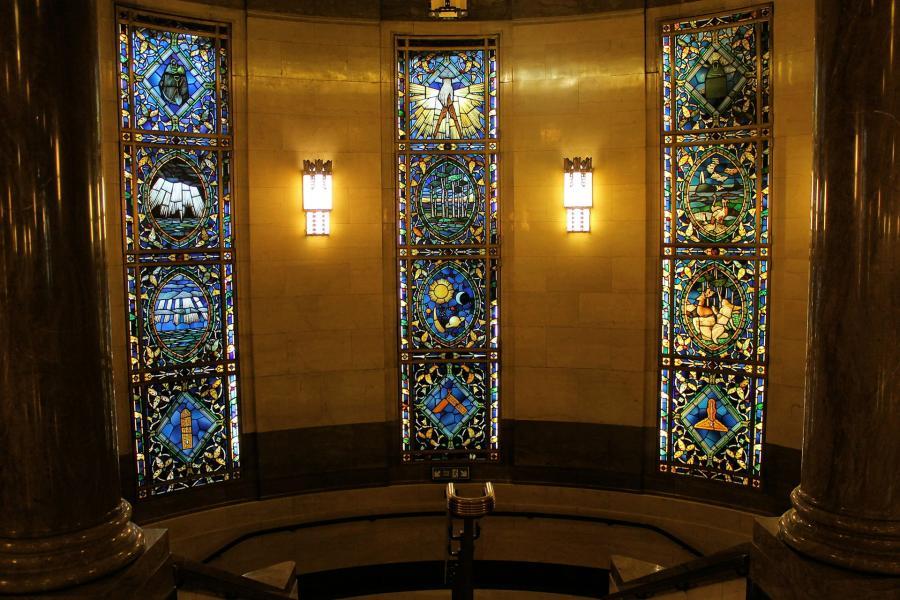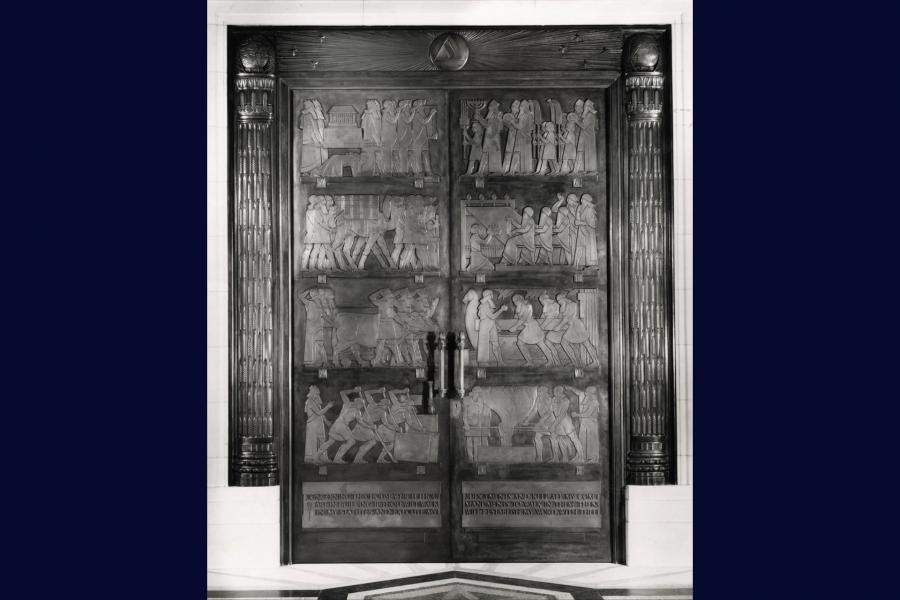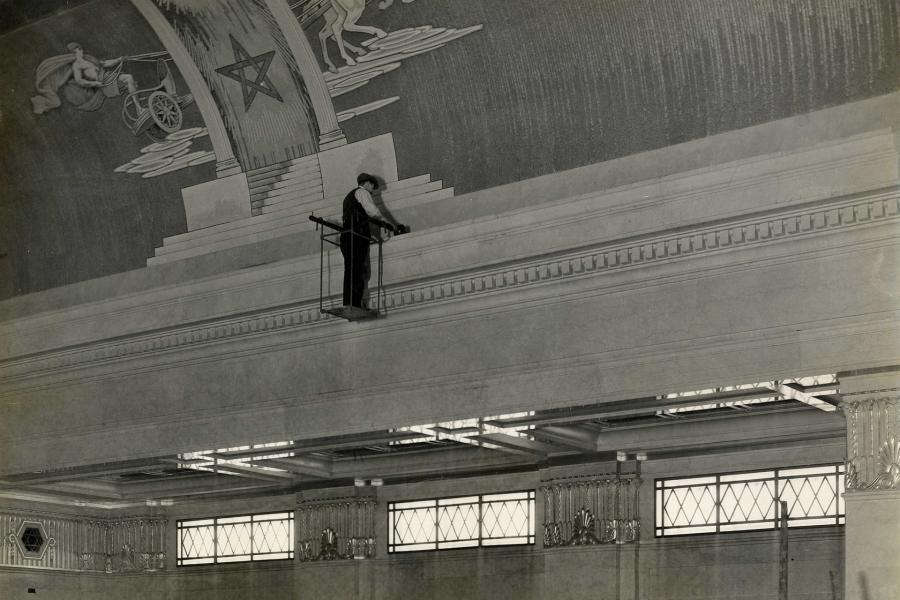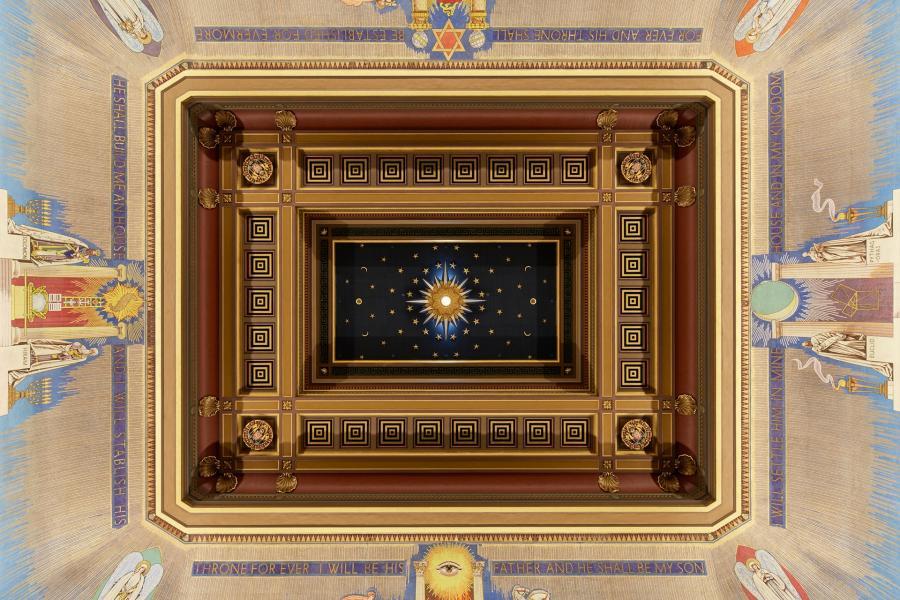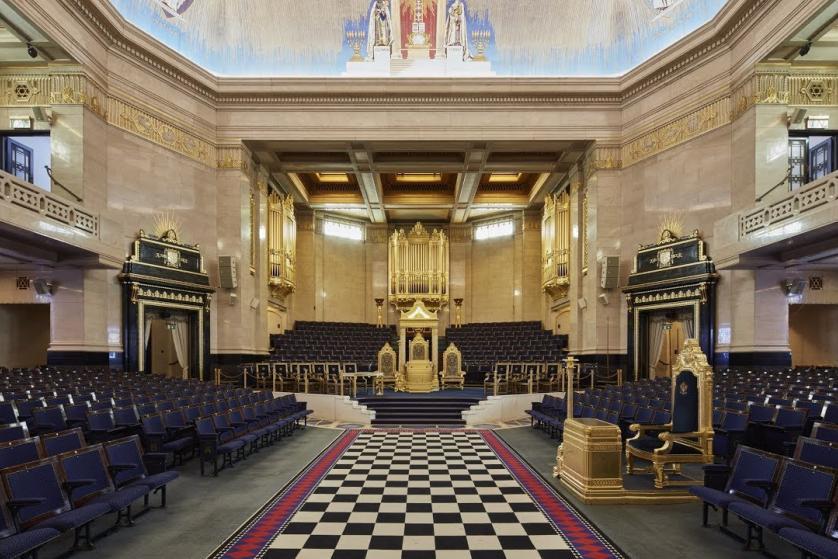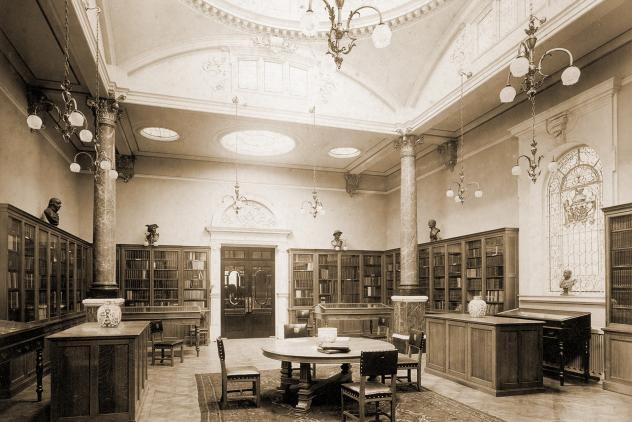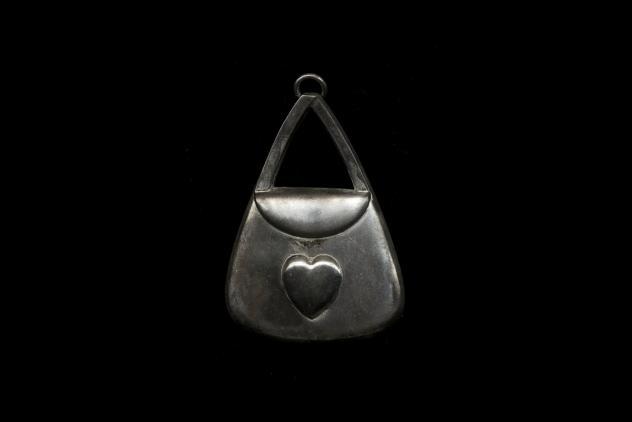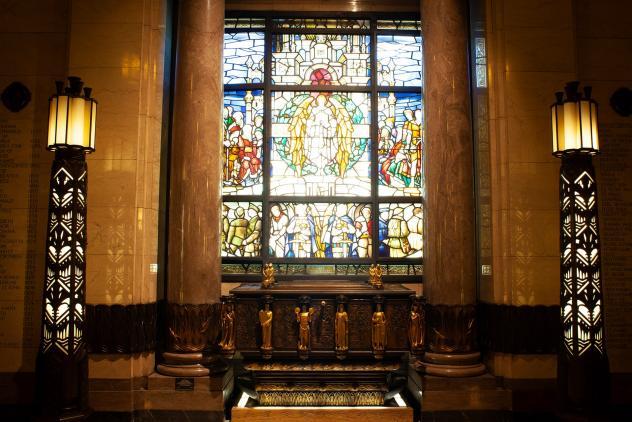
While we are closed to help fight coronavirus we can't provide our popular tours. But when you come to Museum of Freemasonry you’ll be greeted by one of our Visitor Assistant team members, like Tara. It's Tara's job to bring you on your journey through our North Gallery and the ceremonial areas on one of our Museum and Freemasons' Hall tours. So we asked Tara to share her personal tour highlights with you today, so you know what to look out for in the future.
